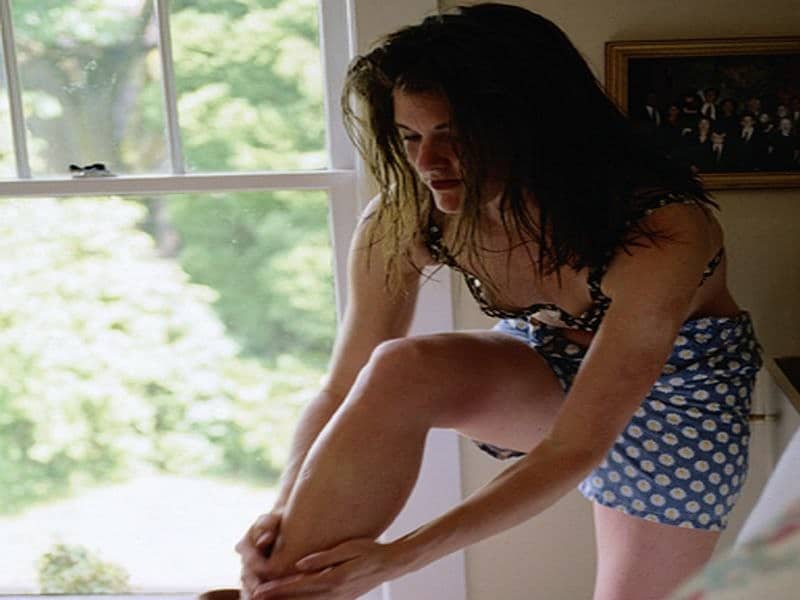THURSDAY, June 7, 2018 (HealthDay News) — Early endovenous ablation of superficial venous reflux results in faster healing of venous leg ulcers and more time free from ulcers, compared with deferring endovenous ablation until after ulcer healing, according to a study published in the May 31 issue of the New England Journal of Medicine.
Manjit S. Gohel, M.D., from Cambridge University Hospitals NHS Foundation Trust in the United Kingdom, and colleagues randomized 450 patients with venous leg ulcers to receive compression therapy and undergo early endovenous ablation of superficial venous reflux within two weeks after randomization (early-intervention group) or to receive compression therapy alone. In the latter group, consideration of endovenous ablation was deferred until after ulcer healing or until six months after randomization if the ulcer had not healed.
The researchers found that the time to ulcer healing was shorter in the early-intervention group than in the deferred-intervention group (hazard ratio for ulcer healing, 1.38). In the early-intervention group, the median time to ulcer healing was 56 days, compared to 82 days in the deferred-intervention group. At 24 weeks, the rate of ulcer healing was 85.6 percent in the early-intervention group and 76.3 percent in the deferred-intervention group. During the first year after enrollment, the median ulcer-free time was 306 days in the early-intervention group and 278 days in the deferred-intervention group.
“Early endovenous ablation of superficial venous reflux as an adjunct to compression therapy was associated with a significantly shorter time to healing of venous leg ulcers than compression therapy alone,” the authors write.
One author disclosed financial ties to the pharmaceutical industry.
Abstract/Full Text (subscription or payment may be required)
Copyright © 2018 HealthDay. All rights reserved.



